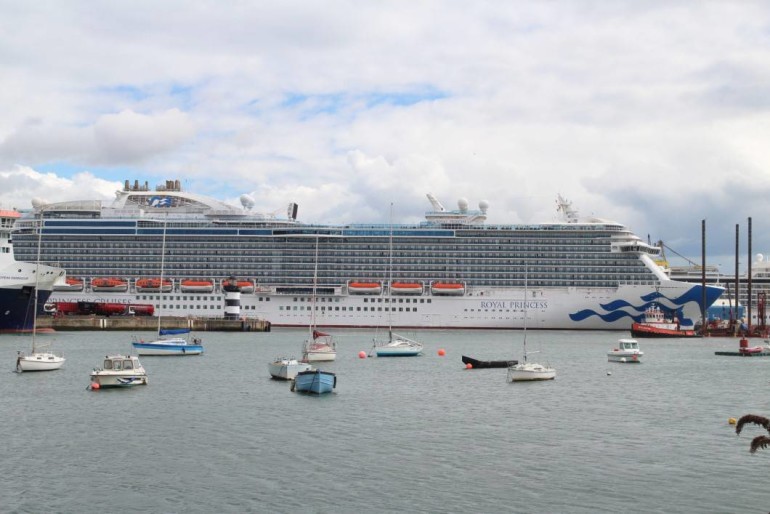Sponsored Listings:
Of the 160 ships scheduled to dock in Dublin, only half can do so. The goal is to prevent port saturation.
Dublin follows the path of Dubrovnik and Amsterdam, putting a brake on the cruise tourism boom in its port. The local authorities decided that this year, only 80 of the 160 vessels that requested permission will be able to dock. By 2020, there were already 140 scheduled layovers in the estuary of the River Liffey.
The decision was made to prevent the collapse of the port, which also witnessed a 36% increase in cargo transport in the last six years.
The Irish and United Kingdom subsidiary of CLIA (Cruise Lines International Association) protested against the measure, saying it will have a negative impact not only on the city but also on other ports of the country.
Andy Harmer, head of this association, asked the Dublin Port Authority to work together with the Irish government and the cruise industry “to build a sustainable cruise tourism alternative for Ireland”.
In the summer, only two large vessels will be authorized per week, one in winter and only intermediate layover checks will be allowed throughout the year. In other words, no more cruises will use Dublin’s port as a starting point or final arrival.
The success of the Irish capital as a major layover point would lead to the relocation of its stations and the construction of new ones, which would require significant investments by this government body and shipping companies.
According to CLIA, the removal of Dublin’s base port will mean the loss of 120 trips and about 100,000 passengers per year, which represent revenues of 10 million euros for Dublin’s tourism during that period.
The association estimates that a cruise passenger spends an average of 90 euros on each layover, which increases to 249 euros when it is a port of departure or arrival since expenses for flight tickets and accommodations must be taken into account.
Other European cities took similar measures to ensure that cruise tourism is balanced with its infrastructures. Amsterdam, Dubrovnik, and Barcelona also implemented measures to regulate the cruise tourism boom.
In the case of Dubrovnik, it limited daily visits to 4,000 people and two cruises a day. Until last year, up to 6 vessels could dock in this Croatian port, which housed more than 10,000 passengers at the same time.
Amsterdam applied a fee of 8 euros to each cruise passenger who stays less than 24 hours in the city. This led to companies such as Cruise and Maritime Voyages (CMV) and MSC Cruises to stop docking in this port, and set course for the nearby port of Rotterdam, the largest in Europe.
As for Barcelona, the most important port in the Mediterranean for cruise ships, the reorganization of its port will mean that there will be a maximum of 7 stations, one less than at present.
Source: tourism-review.com










